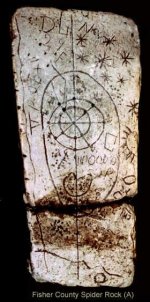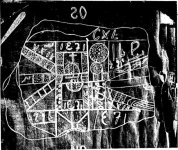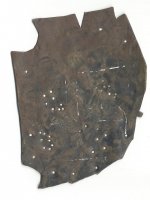- Jun 27, 2004
- 551
- 1,007
I always liked this story, going to post a few things as I work on them. From a research standpoint, it'll be impossible to do a better job than Steve Wilson and Bill Townsley have done on the topic. Lots of solid research out there but I find what you can dredge up online pretty interesting.
Spider Rocks presents a unique history of a site(s), that by all accounts clearly had something on it, but never seemed to surrender the big one no matter what.
Spider Rocks also presents an unusual blend of stories, an odd intersection of history and myth, attributed to the Incas, Spanish, Aztecs, KGC, etc.
Strangely, there aren't very many threads on the topic on Treasurenet...
Spider Rocks presents a unique history of a site(s), that by all accounts clearly had something on it, but never seemed to surrender the big one no matter what.
Spider Rocks also presents an unusual blend of stories, an odd intersection of history and myth, attributed to the Incas, Spanish, Aztecs, KGC, etc.
Strangely, there aren't very many threads on the topic on Treasurenet...











